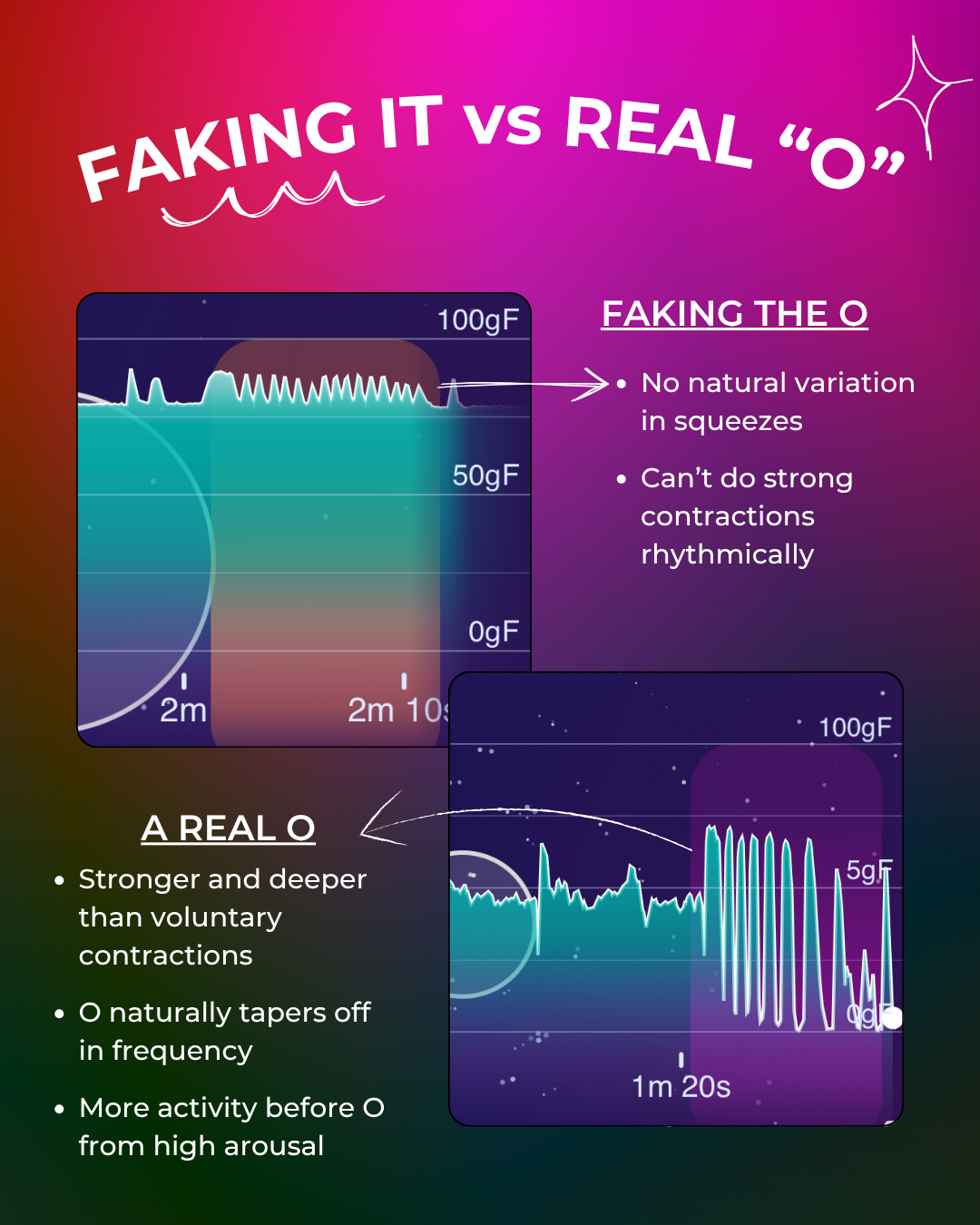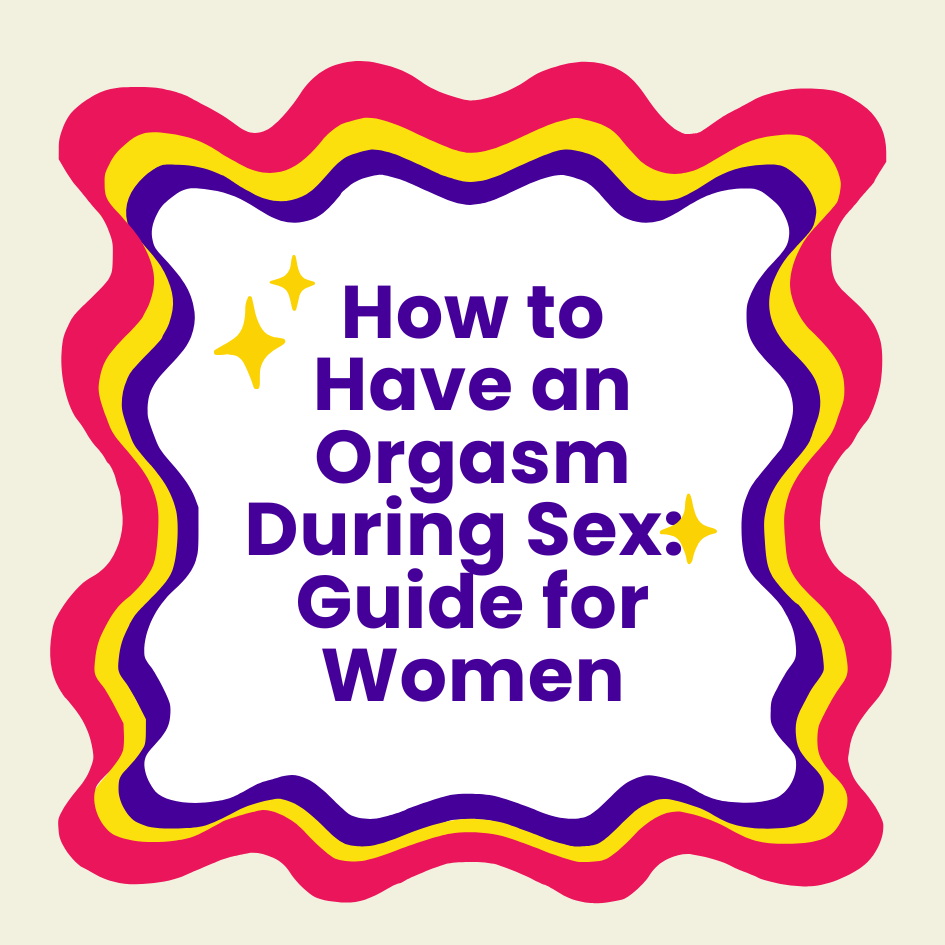
By Brittany Risher
If you watched Masters of Sex on Showtime or took any classes on sexual health or sexuality, you've likely heard of Masters and Johnson. If you haven't, you'll want to get to know them.
Beginning in 1957, William Masters (a gynecologist) and Virginia Johnson (his research assistant) conducted groundbreaking and controversial research on human sexuality. They somehow got study participants to agree to be watched masturbating and having sex while hooked to instruments measuring changes in their breathing, heart rates, brains, vaginas, and more. This data shed light on the physiological responses to sexual stimulation and led to the development of the human sexual response cycle.
While some credit Masters and Johnson as helping to launch the sexual revolution and medicalizing sex, since that time, we've learned more and amended their sexual response cycle to take into account the wide variety in pleasure. Here's what we know from Masters, Johnson, and more recent researchers in the field of sex.
Masters and Johnson: The OGs of Sex Research
Before Masters, scientists had only interviewed people about their carnal activities. They knew how animals responded anatomically and physiologically when they got it on, but not humans. Then came Masters, who wanted to know about our sexual responses so that he could develop therapies to help with sexual dysfunction. He began by using prostitutes in his research before recruiting others to participate in his studies. In 1957, Johnson joined Masters as his research assistant.
During the studies, Masters and Johnson used electrocardiographs, electroencephalographs, intravaginal photography, and other instruments to measure changes in participants' heart rates, breathing, lubrication, and more. The researchers even created some instruments, including a dildo called “Ulysses”. Participants would masturbate or engage in sexual intercourse while connected to these devices and as the researchers observed them. Masters and Johnson used all of this information to inform their human sexual response cycle.
According to Masters and Johnson, this cycle consists of four phases: excitement, plateau, orgasm, and resolution. This linear model progresses in order from one stage to the next—there's no skipping a step, going back to another stage, or any other variability. (Which we all know is not how it happens 100 percent of the time in 100 percent of people, but we'll get to that below.)
Masters and Johnson also discovered that women fake orgasms, can have multiple orgasms, and don't need a partner (in their time, “a man”) to orgasm. They also showed that “vaginal” orgasms were not superior to “clitoral” orgasms, busting Sigmund Freud's theory that also put men at the center of women's orgasm. In short, Masters and Johnson's work “helped change the way human sexuality was perceived in America and the world”," and it was only the starting point.
Kaplan, Whipple, and Basson: Female Scientists Lead to Way
Since the time of their research trials and up to today, others have criticized the work of Masters and Johnson for many reasons and amended their cycle.
In the 1970s, Helen Singer Kaplan was one of the first to develop an alternative sexual response cycle. Believing that sexual response involves more than just physical changes and that psychological, emotional, and cognitive factors also play a role, she added “desire” to the cycle. In the linear Kaplan model, the sexual response cycle goes from desire to excitement to orgasm. Without “desire”, you cannot have the other two.
Then in 1997, Beverly Whipple and Karen Brash-McGreer came out with a circular model of women’s sexual responses. The four stages—seduction (desire), sensations (excitement and plateau), surrender (orgasm), and reflection (resolution)—don't all need to happen, nor do they need to happen in that order. So a woman can feel desire, become aroused, and feel satisfaction without having an orgasm.
Whipple and Brash-McGreer also theorized that only pleasurable sexual experiences lead to more sexual encounters. If an experience isn't pleasurable, it may not lead to more sex. (And we all know someone—or are that someone—who stopped seeing a person because of their performance in the sack.)
From that model, three years later, psychiatrist Rosemary Basson published another nonlinear model of female sexual response. In her model, emotional intimacy, sexual stimuli, sexual arousal, arousal and sexual desire, and emotional and physical satisfaction form a circle around “spontaneous sexual drive”. Arrows indicate that emotional intimacy, sexual stimuli, and sexual arousal can all trigger sexual drive.
Indeed, Basson's research was the first to show that women oftentimes need to be aroused in order to become interested in sex. For example, perhaps watching porn or kissing someone triggers your desire for sex. Basson's model shows that sexual response is not linear—it can happen in many ways, and there is no “right” (or “wrong”) way.
Basson also found that women engage in sex for many reasons—it's not just about wanting to have sex or orgasm. Sometimes women have sex because they crave intimacy or a feeling of connection with their partner, and for many, that's just as pleasurable if not more so than an orgasm.
Today's Take on the Sexual Response Cycle
Although it wasn't perfect (because nothing is), the work of Masters and Johnson set off the exploration into sexual response and pleasure. The truth is, sexual response cycles vary, particularly in women.
In a 2015 survey, 401 men and 429 women (all sexually active with partners) read narrative descriptions of sexual experience based on the Masters and Johnson, Kaplan, and Basson models. Then researchers asked which, if any, model best fit their current sexual experience.
While almost half of the men selected the Masters and Johnson sexual response cycle, women were more divided: A third chose the Kaplan model, 28 percent selected Masters and Johnson, 26 percent selected Basson, and the remaining 7 percent said none of the models fit.
Whether you relate to one model or none of the models is fine. As we continue to embrace the diversity of sexuality and sexual pleasure, we'll likely learn more to further the work that Masters and Johnson began—and reap the benefits of the science of sex.
===
Start your own experiment with Lioness, the world’s smartest vibrator.

Unlock the secret to more frequent and intense orgasms with Lioness, the world’s most advanced vibrator. Using built-in sensors and an intuitive mobile app, Lioness actually lets youvisualizeyour arousal and orgasms.
In addition to its cutting-edge technology, Lioness also happens to be a best-in-class vibrator. It features the highest quality materials, and its custom-built motor is the strongest and quietest of its size.
Our woman-led design team has dedicated YEARS to improving your pleasure, and we can’t wait for you to experience Lioness for yourself.
Click hereto learn more.



